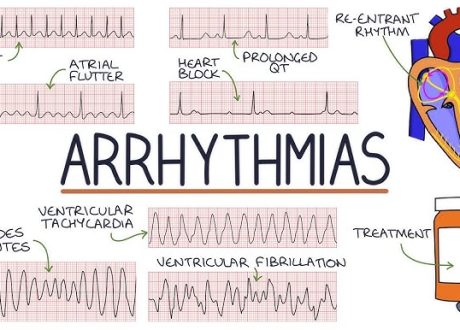Podcast: Play in new window | Download
This Journal feature begins with a case vignette highlighting a common clinical problem. Evidence supporting various strategies is then presented, followed by a review of formal guidelines, when they exist. The article ends with the authors’ clinical recommendations.
A 41-year-old man presents to the emergency department with a 3-week history of breathlessness. He recently completed a course of antibiotic medication for presumed pneumonia. On the day of presentation, he awoke with dull pain on the right side of the back. His medical history is otherwise unremarkable. His heart rate is 88 beats per minute, blood pressure 149/86 mm Hg, respiratory rate 18 breaths per minute, temperature 37°C, and oxygen saturation 95% while he is breathing ambient air. Auscultation of his chest reveals normal breath sounds and normal heart sounds. An examination of the legs is normal. His creatinine and troponin levels are within normal limits, and a radiograph of the chest is normal. The physician’s implicit assessment is that the likelihood of pulmonary embolism is greater than 15%. The patient’s Wells score is 0 (on a scale of 0 to 12.5, with higher scores indicating a higher probability of pulmonary embolism), and the d-dimer level is 2560 ng per milliliter. How would you evaluate this patient for pulmonary embolism, and how would you manage this case?











